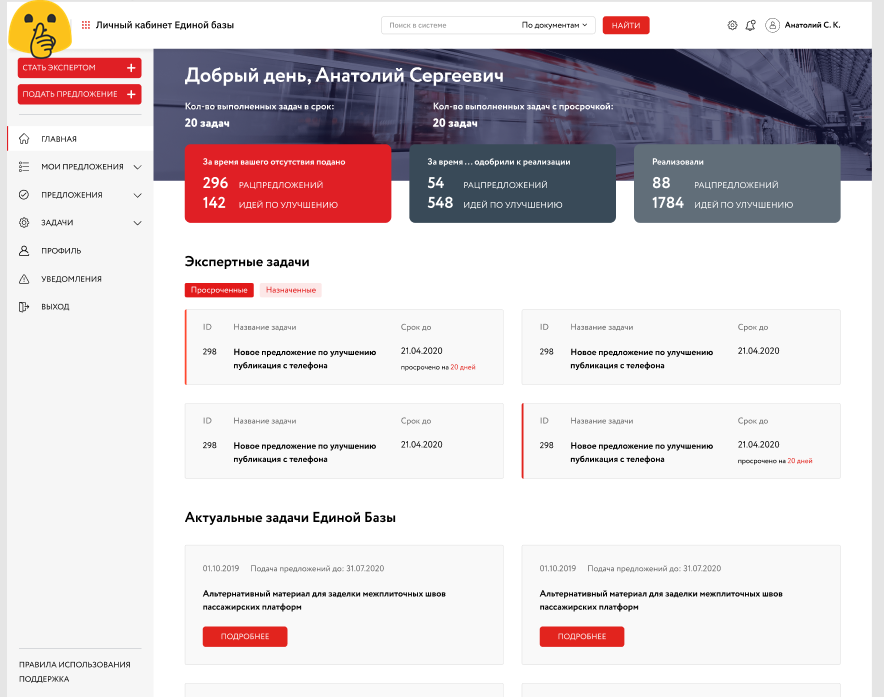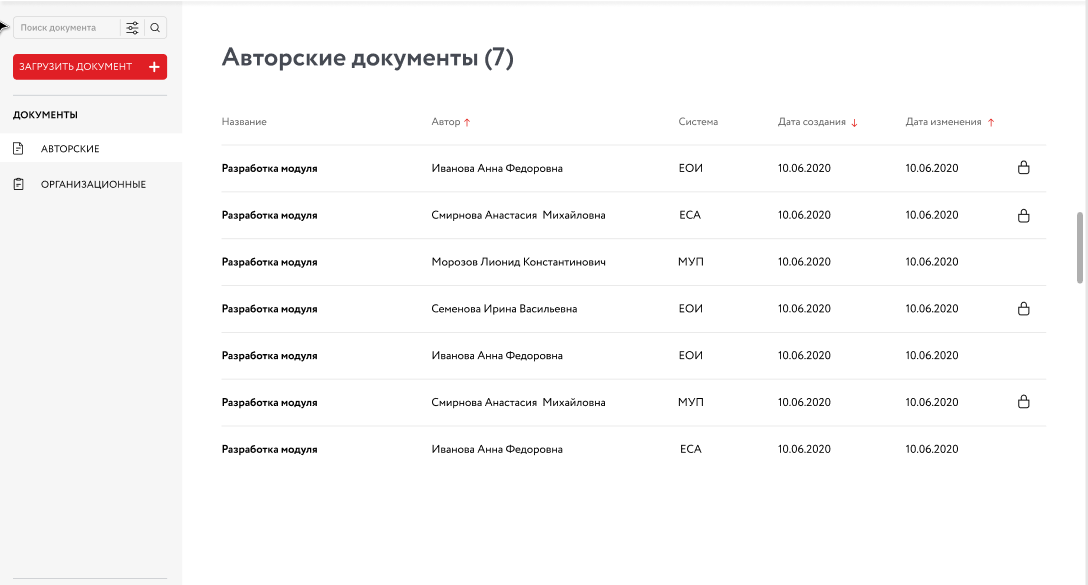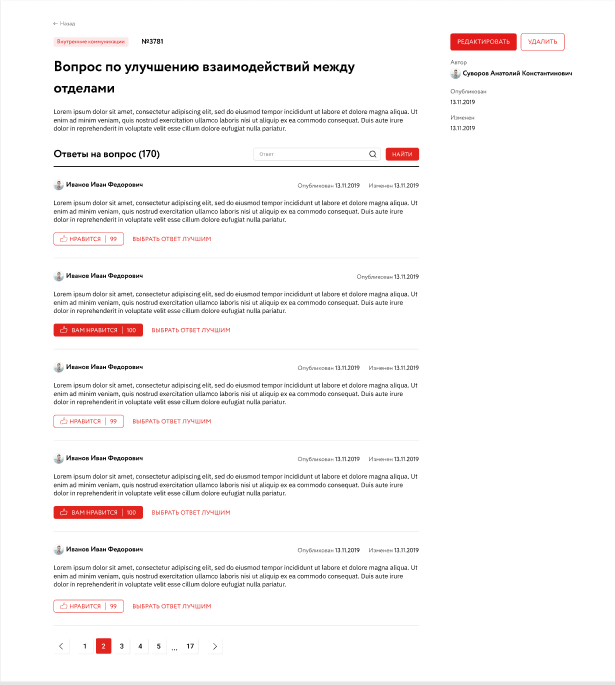
Tekora
Tekora (Technologies of Corporate Development) was established in 2000. The company specialises in consultancy, development and implementation of applied software. Tekora works with major Russian companies, offering clients both the development of information systems according to their tasks and ready-to-use solutions.
What we did
August 2019 — May 2020
Moscow
Innovation management platform
Background
One of the company's ready-to-use solutions is the 4I System (Information Incubator of Innovative Ideas) - a system for managing ideas, proposals and innovations at the enterprise. The implementation of the system makes it possible to unlock the intellectual potential of employees and involve them in the corporate innovation process management, due to the unified information space creation.
The solution is mainly used in large Russian companies, so it had to meet the requirements of modern web applications. That was the key requirement. It was necessary to develop new platform modules using a modern technology stack and integrate them with existing 4I modules as part of one of TEKORA's large projects. TAD was in charge of the development of these new modules.
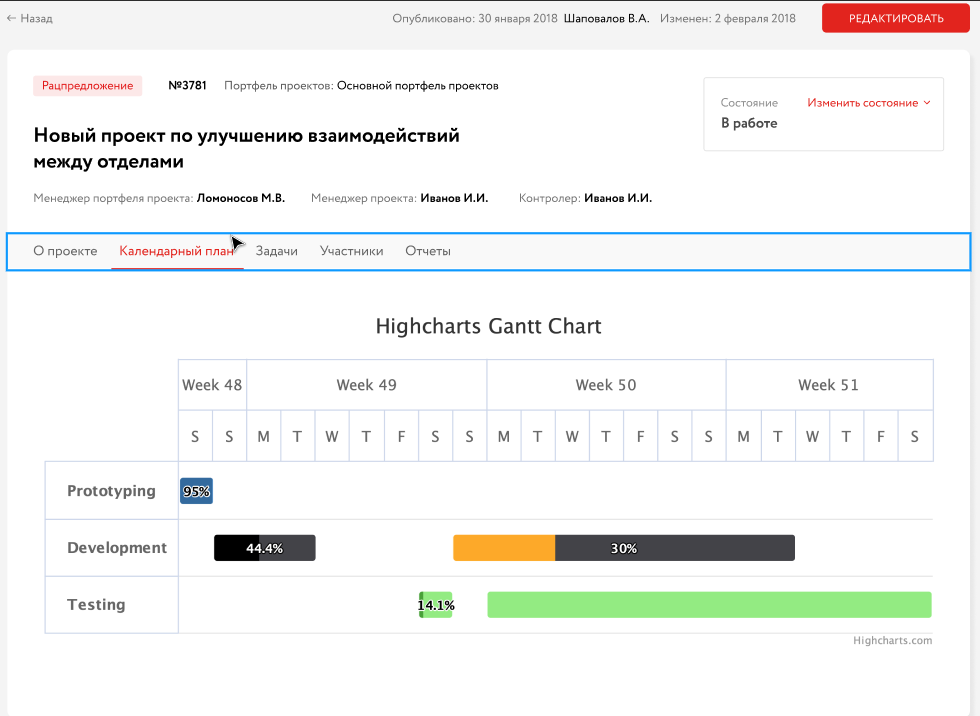
Project Description
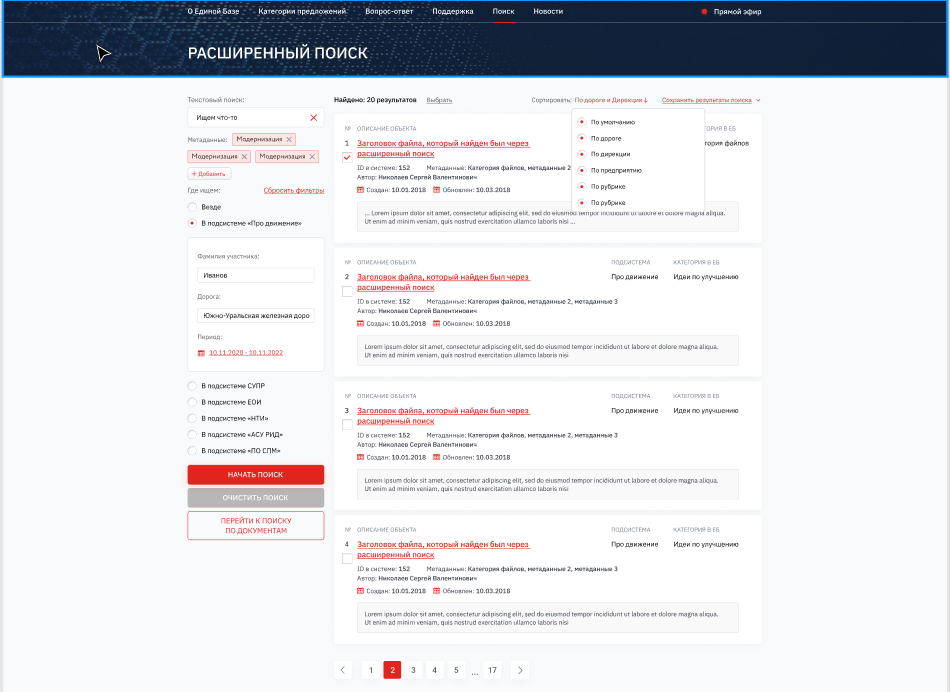
Project Description
The main goal was to create a highly loaded web application that would be distributed according to the product model, i.e. to different customers without specific modifications for each one. In order to achieve this goal, the SCRUM methodology, which TAD uses successfully in most of its projects, was chosen. Rapid development iterations, which allowed the product's functionality to be progressively improved and the experience of previous iterations to be taken into account, made it possible to create a solution that met all the customer's requirements.
The TAD project team managed the entire development cycle of the new modules, from the analysis of the functional requirements and the design of the user interface templates to the deployment of the services on the customer's network. The application architecture was designed using the microservices paradigm, which allows the development of different modules to be isolated from each other. This enabled three project teams to work simultaneously and meet the deadline of six months from the start of design to the launch of the solution in pilot operation at one of Russia's largest companies.
The team's extensive experience in enterprise projects, as well as using a cross-platform stack and applying best engineering practices, were key components that enabled the solution to be deployed on Linux.
Result
The unified user authentication and authorisation system eliminates the need for re-entering login credentials when moving between systems. A user only needs to be authorised once and is then granted access to all modules according to their rights and accesses. The use of the OAuth 2.0 protocol makes the authorisation process as secure as possible.
The corporate portal, which is integrated with other services and aggregates data from other systems, is a kind of showcase that allows employees to obtain information from all the services designed for the exchange of innovative ideas. It provides navigation between 4I applications, making it possible to integrate new employees into this process quickly.
Users can submit requests and suggestions, change their profile details and monitor notifications from all services from their personal account.
The centralised search system enables the search for ideas and innovation proposals in one window for all systems involved in the innovation management process and works similarly to internet search engines. The solution is based on Elasticsearch, whose main advantage is high search speed.
Creating a central document repository gives users quick access to files from all systems, the ability to track their change history and set access rights.
The project management system is an analogue of Microsoft Project with simplified functionality - it allows the planning of project phases, the creation of a Gantt chart, the creation and control of tasks by project team members, combining projects into portfolios. Being a web application, it offers more possibilities for project team interaction than the desktop analogue.
The knowledge base is a portal where users can ask questions and receive answers from their colleagues. This allows the creation of a unified information space and establishes the process of knowledge sharing between employees.
The administration application, which is only available to certain users, allows them to manage the operation of the system without having to make any changes to the code. Administrators have the ability to add new services, manage the list of users and their rights in the connected applications, track transactions in other services, and modify the content displayed on the corporate portal.
Technologies





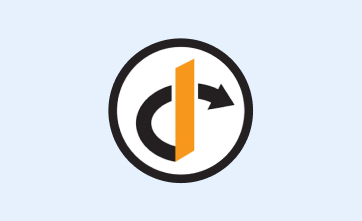
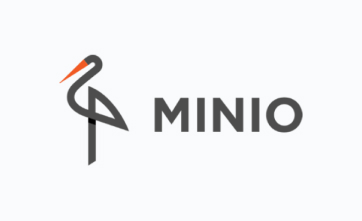
Contact Us
If you have an idea, contact us - we'll find a way to bring it to life!
